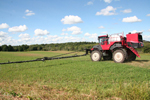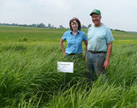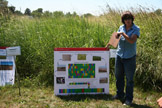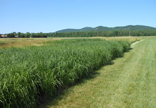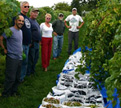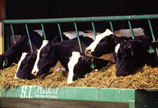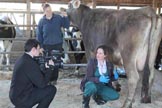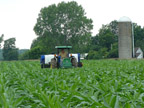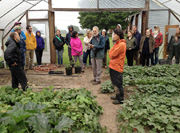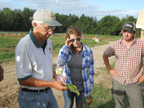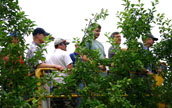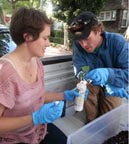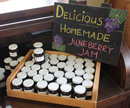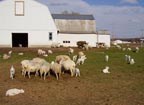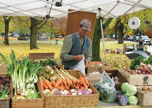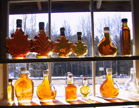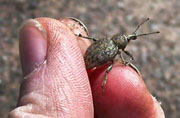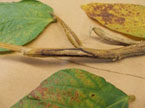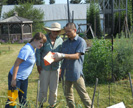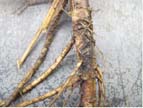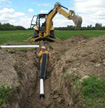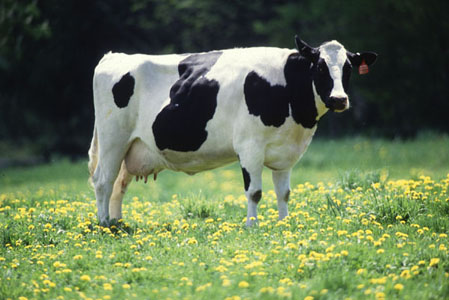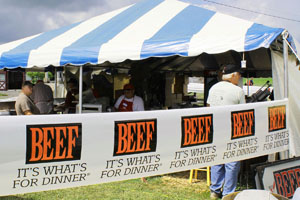
Northern NY Agricultural Development Program Providing Beef Producers with Tool for Managing Pasture Resources in 2016
Northern NY. The right tool can make any job easier. Northern NY beef producers looking to improve the quality and quantity of their land resources for grazing livestock in 2016 can take advantage of a pasture measurement tool purchased with a grant from the farmer-driven Northern New York Agricultural Development Program.
A rising plate meter, or RPM, is an instrument that measures forage availability per acre of pasture. A Northern New York Agricultural Development Program grant purchased two new rising plate meters for use by Cornell Cooperative Extension educators in Clinton, Essex, Franklin, Jefferson, Lewis and St. Lawrence counties.
Click here to learn more and for information on how to reserve an RPM for use on your farm in 2016

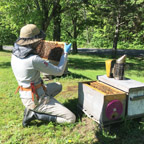 NNY Bee Health Project:
NNY Bee Health Project: